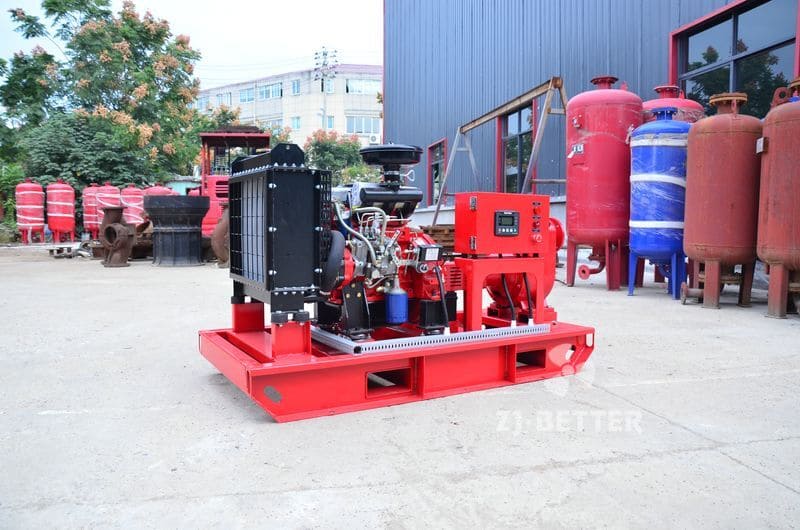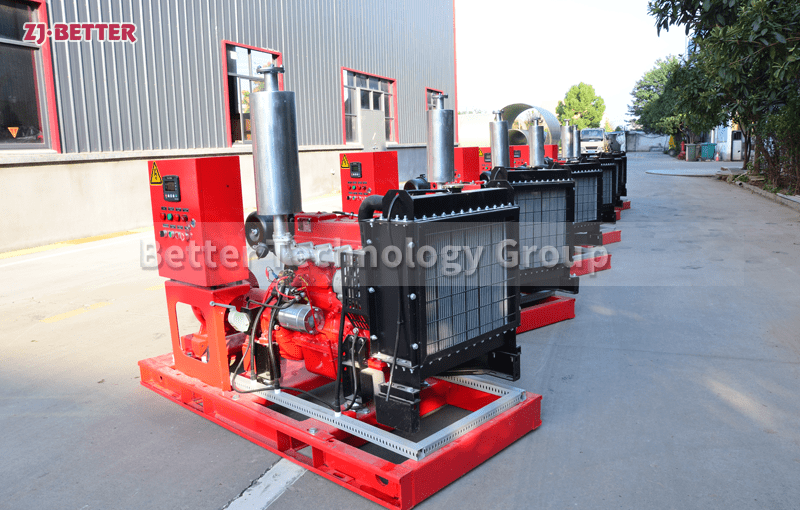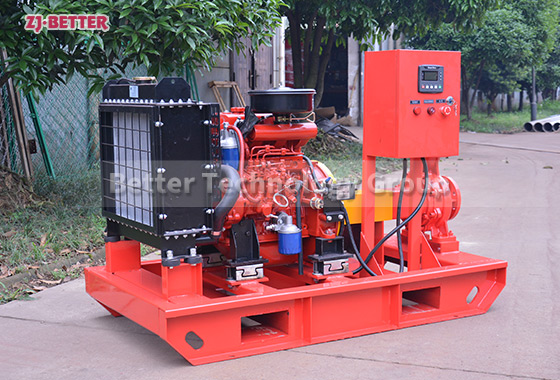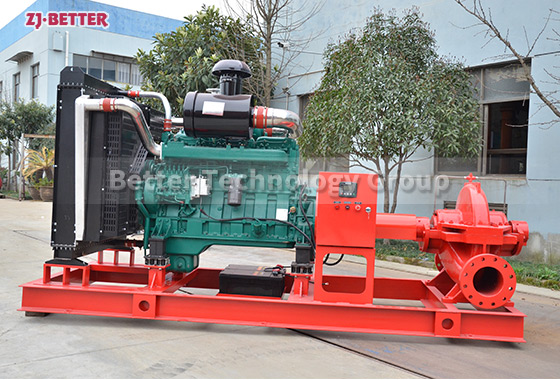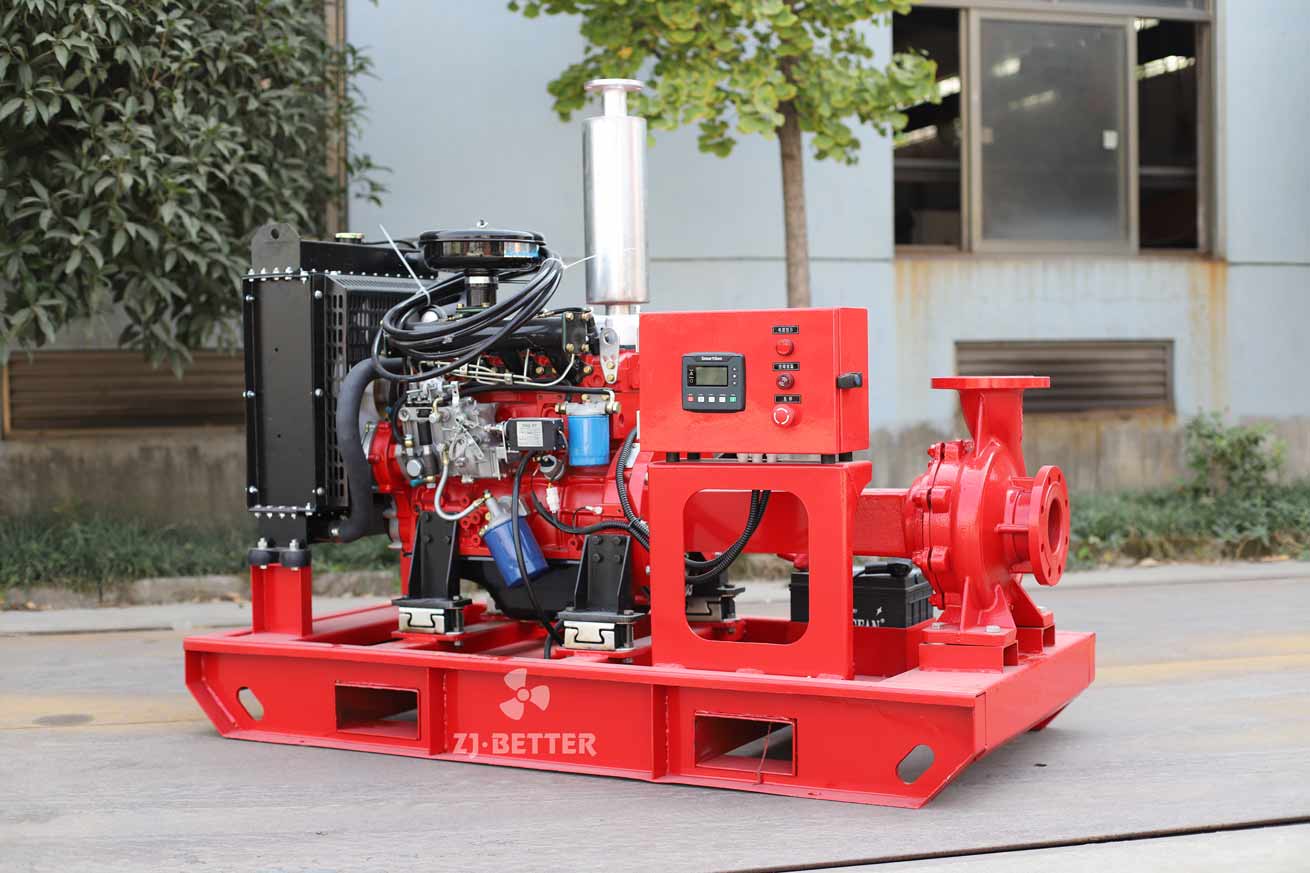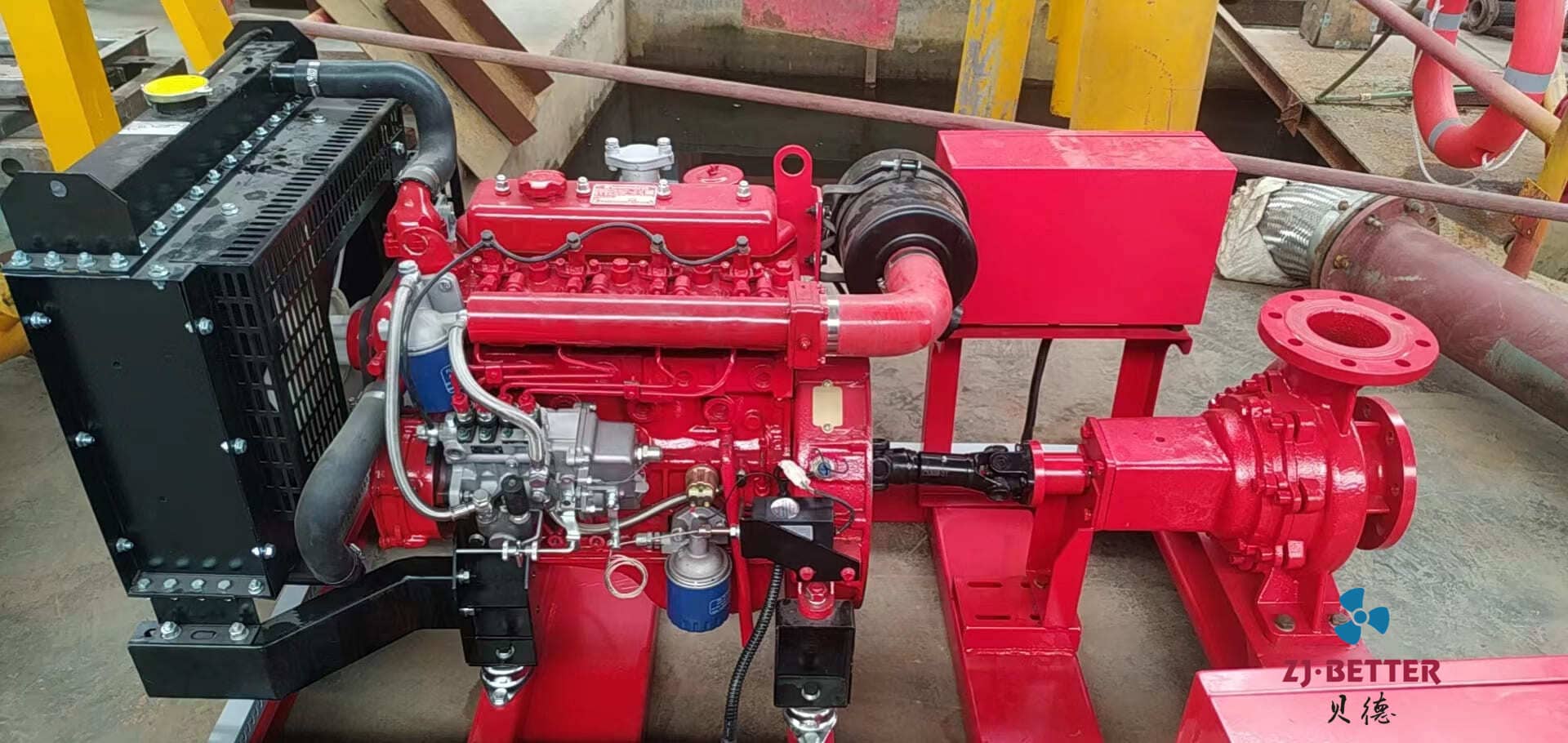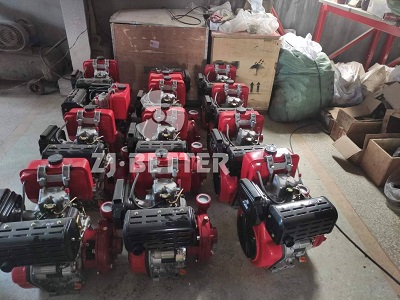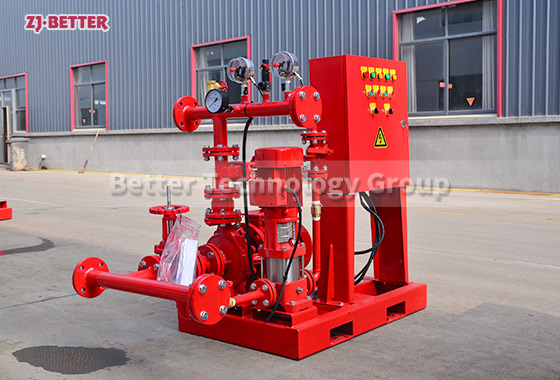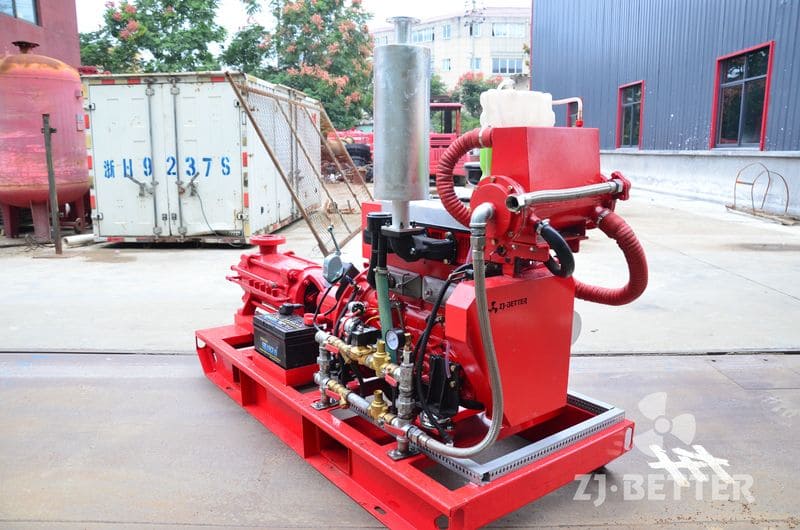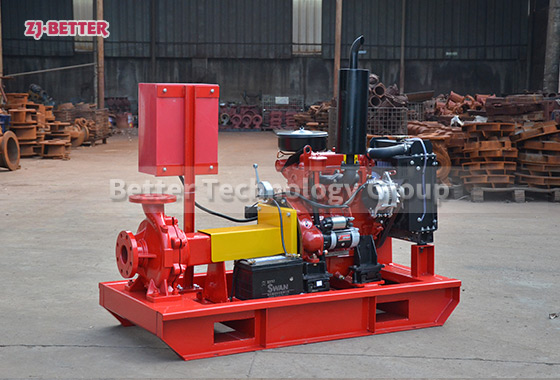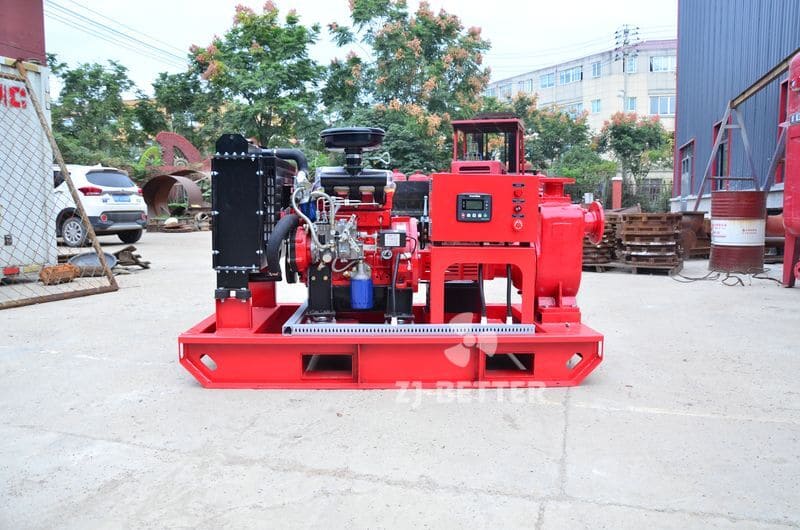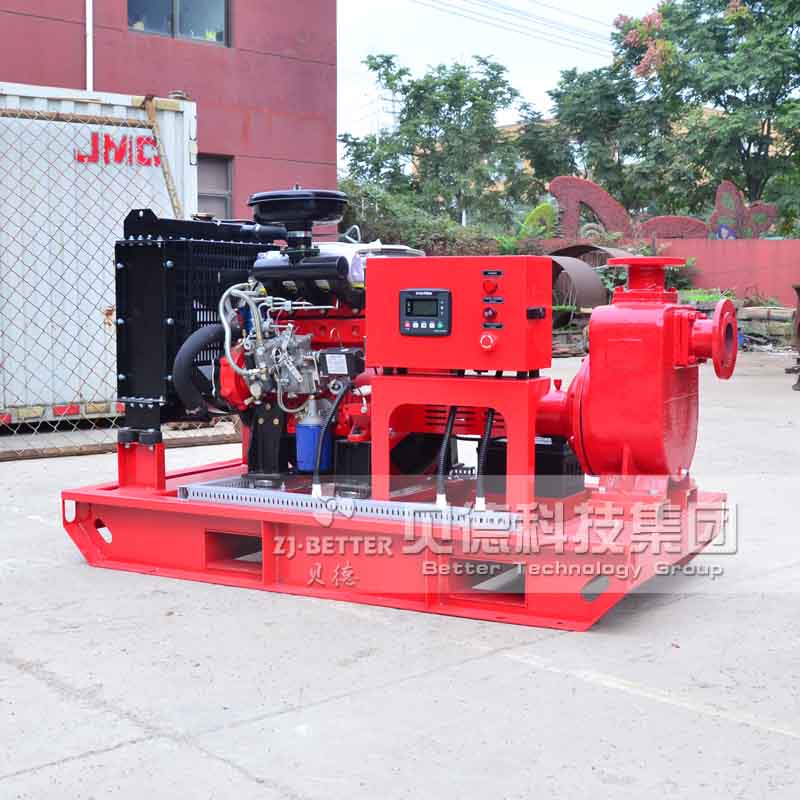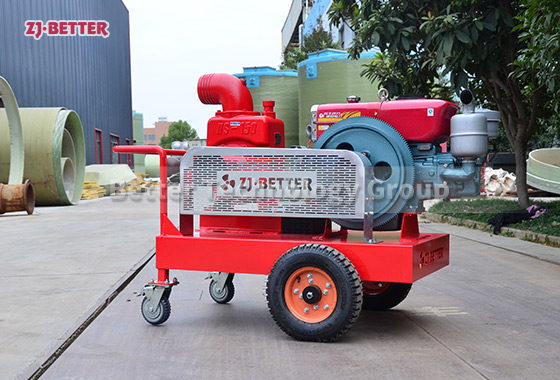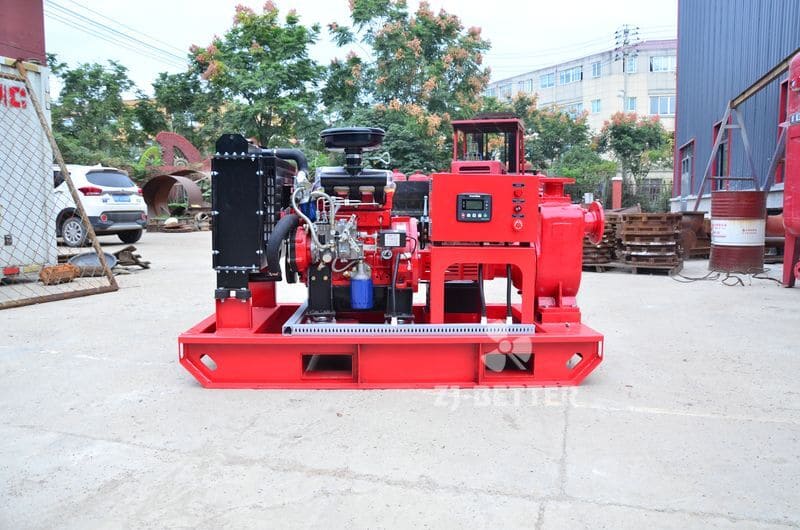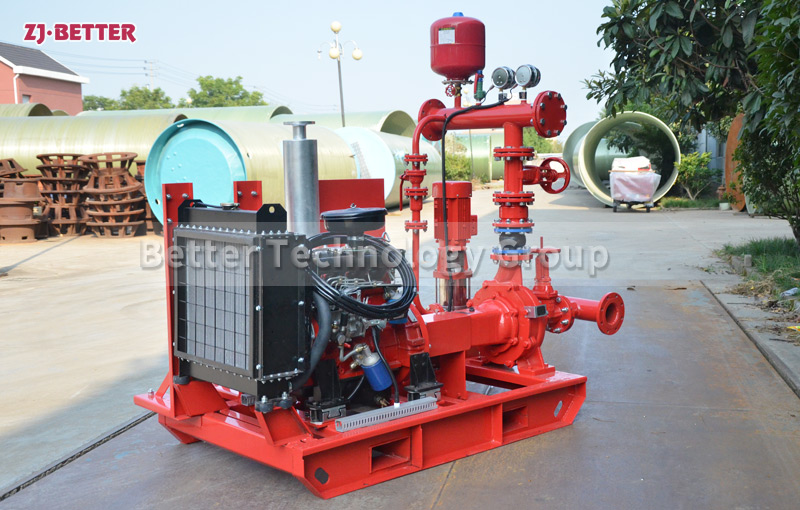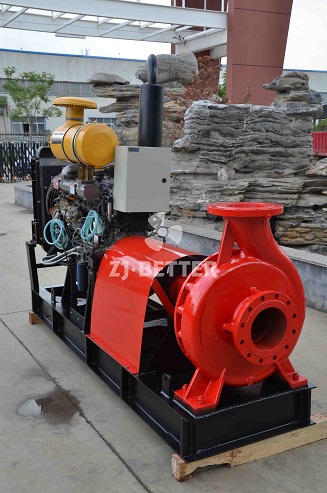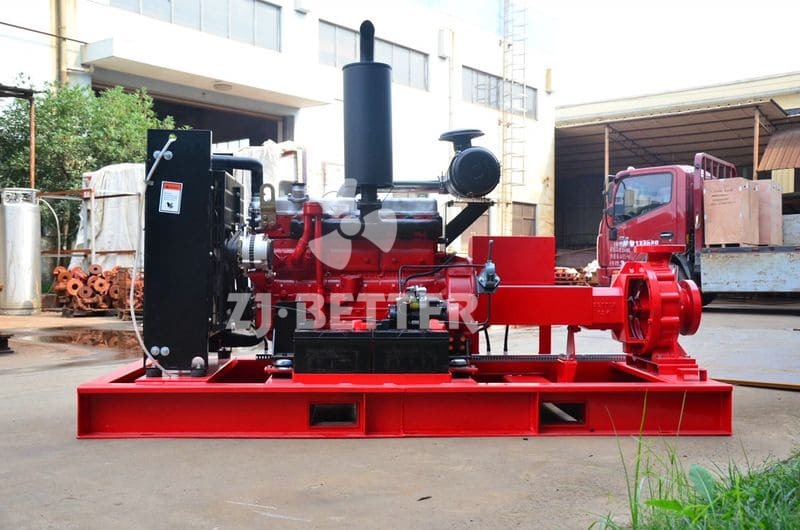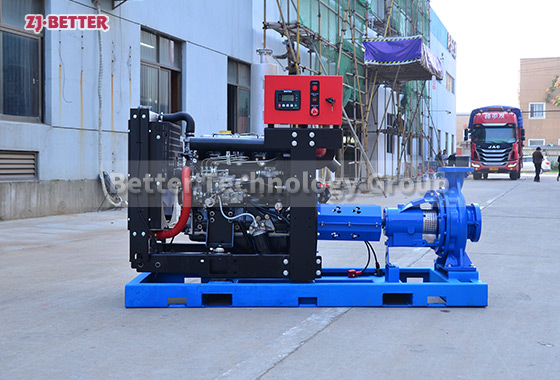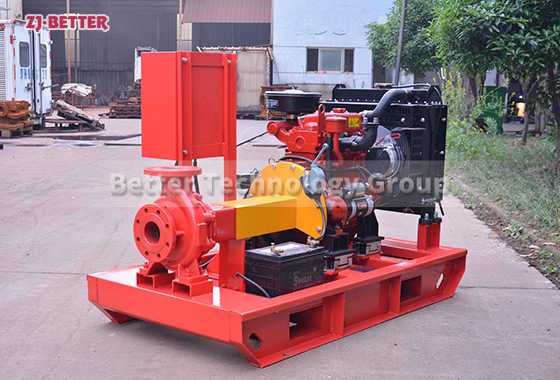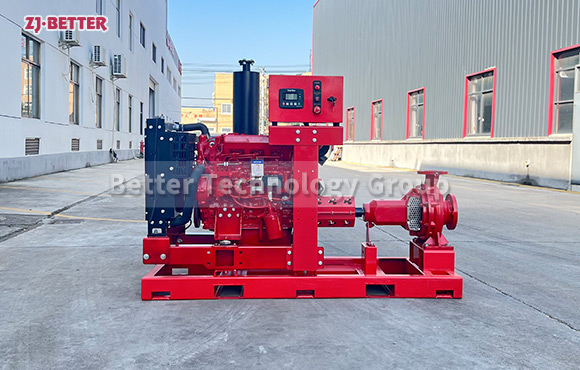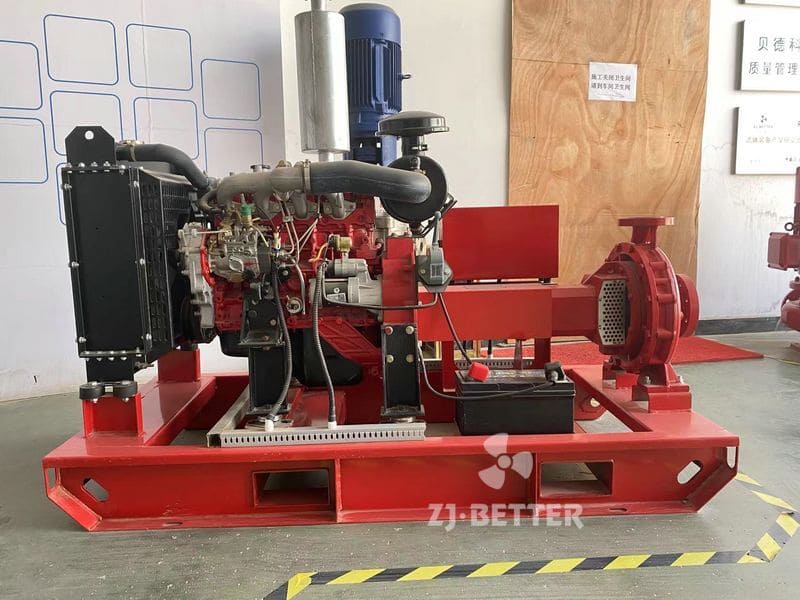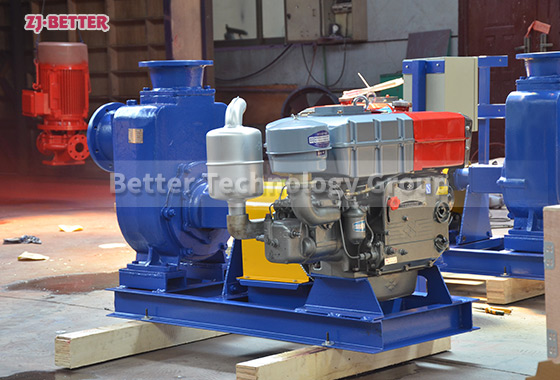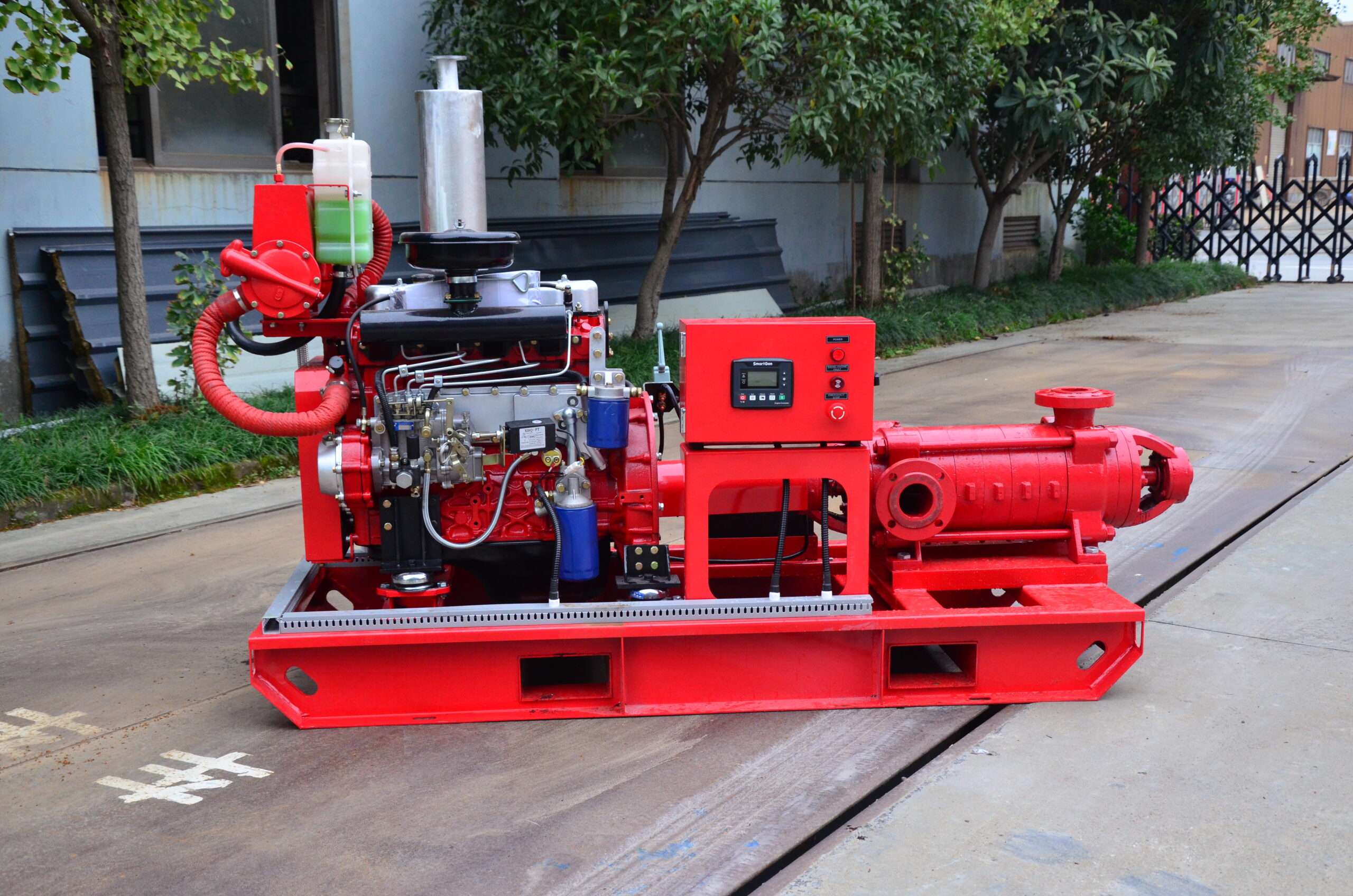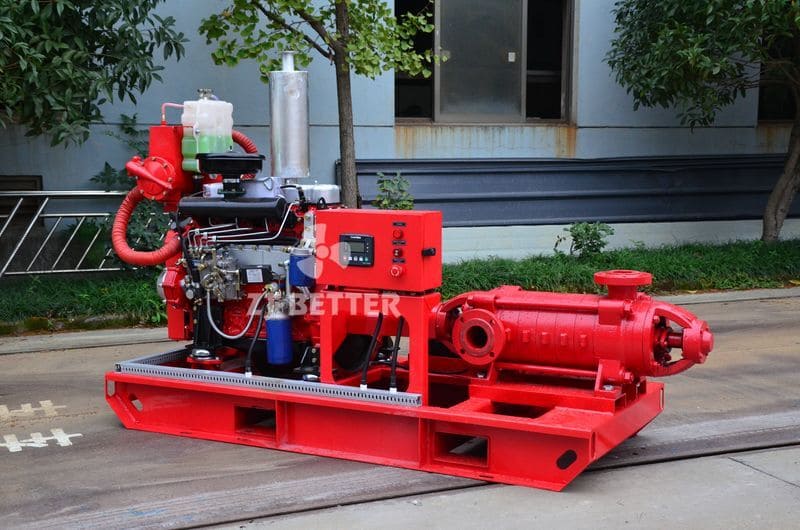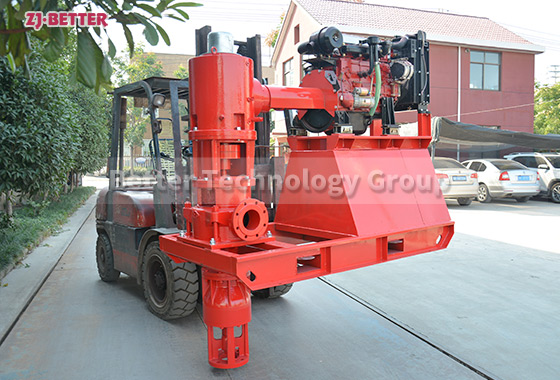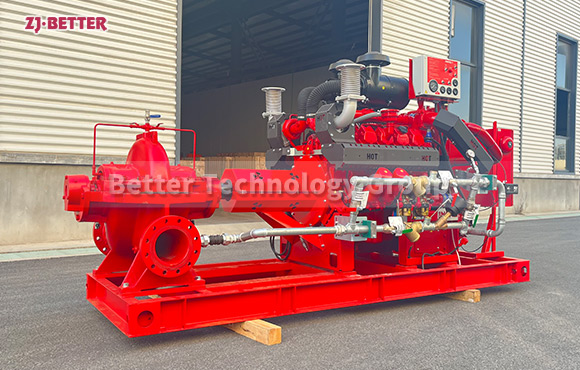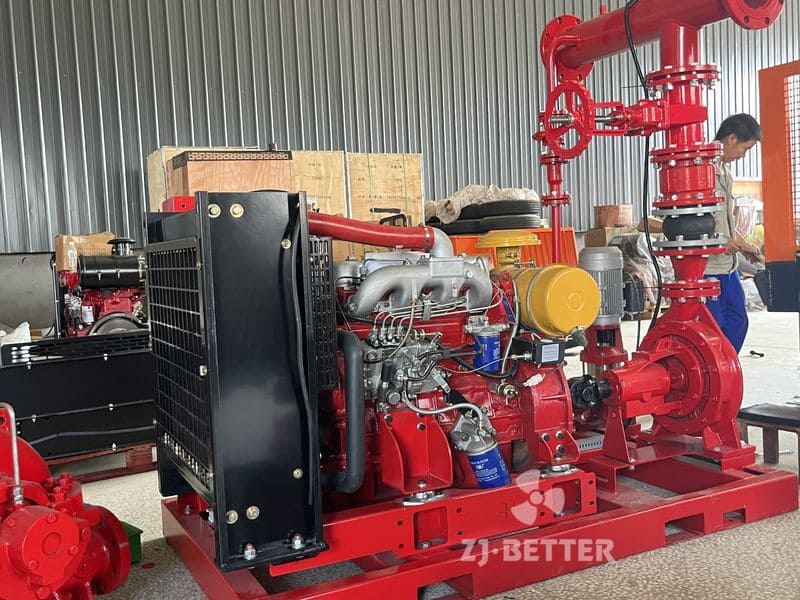XBC-ZWC Diesel Self-priming Pump
1. Diesel self-priming pump is suitable for urban environmental protection, construction, fire protection, chemical, pharmaceutical, dye, printing and dyeing, brewing, electric power, electroplating, papermaking, industrial and mining washing, equipment cooling, etc.
2. The diesel engine self-priming pump is equipped with a rocker-type sprinkler, which can also spray the water into the air and spray it into small raindrops. It is a good tool for farms, nurseries, orchards and vegetable gardens.
3. The diesel engine self-priming pump is suitable for clear water, sea water and chemical medium liquid with acidity and alkalinity and slurry with general paste (media viscosity <100 centipoise, solid content up to 30%).
4. The diesel engine self-priming pump can be used with any type and specification of filter press, and the most suitable pump type for pressure filtration when the slurry is sent to the filter press.
The principle of the diesel engine self-priming pump is to use the flow velocity of the water. The impeller drives the pump impeller to pump water onto the river bank. The pump can be pumped by throwing it into the river, but water flow must be in a hurry or where there is a drop.
The diesel self-priming pump is different from the general centrifugal pump. Before the centrifugal pump is in operation, the pump body and the inlet pipe must be filled with water to be in a vacuum state. When the impeller rotates rapidly, the blade causes the water to rotate quickly, and the rotating water flies from the impeller under the action of centrifugal force. After the water is thrown, the central portion of the impeller forms a vacuum region. The water of the water source is pressed into the water inlet pipe through the pipe network under the action of atmospheric pressure (or water pressure). This cycle is not enough, you can achieve continuous pumping.
The diesel self-priming pump does not need to pump water, which is the origin of the diesel self-priming pump.
Self-priming principle of diesel engine self-priming pump: Due to the special design of diesel engine self-priming pump casing. The sealing performance is higher than that of a general centrifugal pump, and the water in the pump casing is not automatically drained after the motor is stopped. The motor drives the turbine to rotate at a high speed, and a negative pressure (vacuum) is quickly formed in the pump. The water is pressurized to the pump casing by atmospheric pressure, and then the lift is centrifuged. Therefore, the suction of the diesel self-priming pump will not exceed one atmosphere, about 11M.

